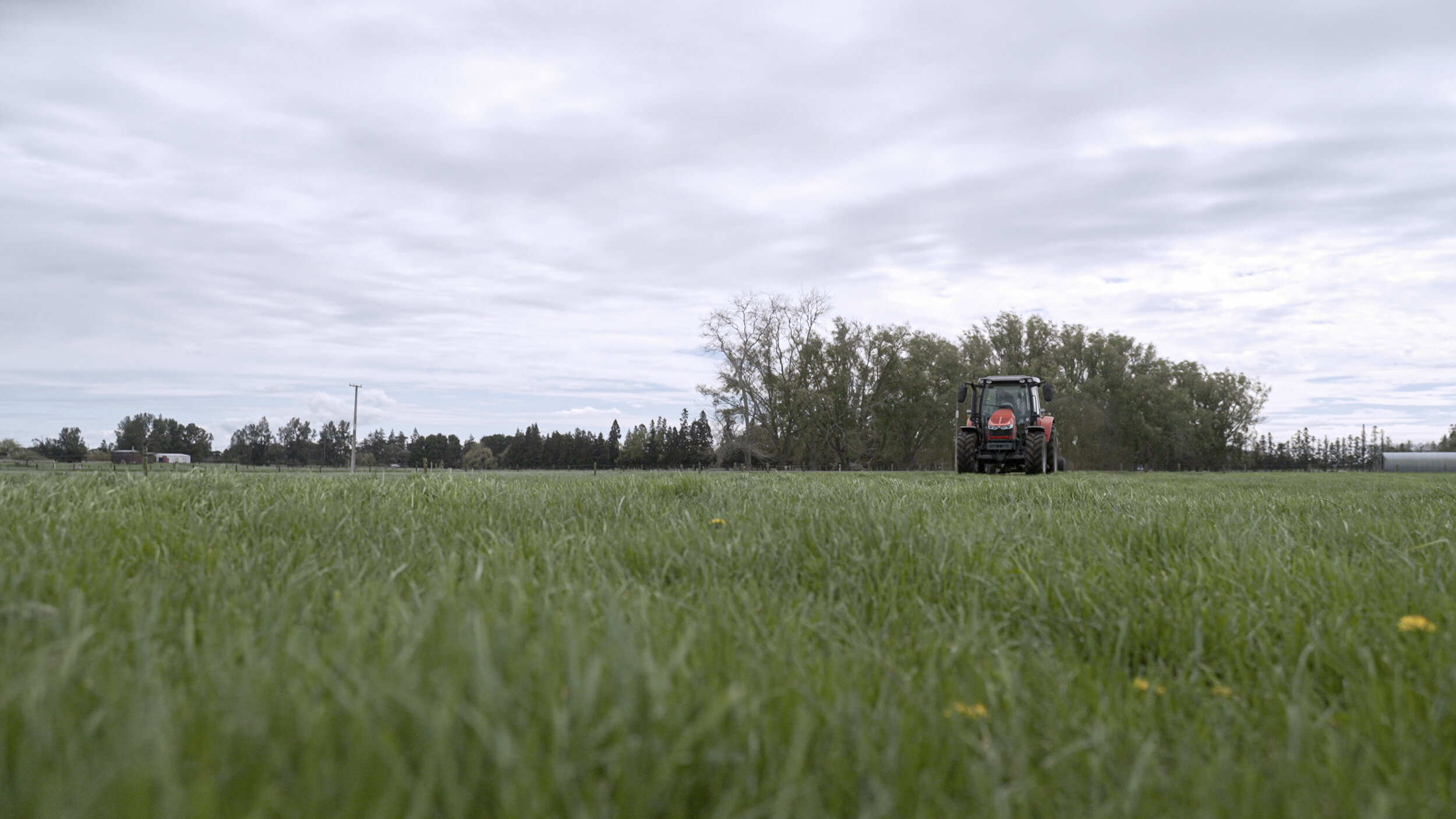
How to Milk Two Herds with One Halter
“Halter has really unlocked the way we farm. I feel like it’s touched almost every area of the business”
Markus | 50:50 Sharemilker
Markus is working every sharemilker’s dream:
Two happy, healthy herds…
20 extra days in milk¹…
20% rise in annual profit²…
Stable working hours…
No. Additional. Labour.
Sounds too good to single-handedly sustain? Not with Halter, according to Markus, or his compelling farm facts and figures.
The Dream of Two Herds
“Once I first heard about Halter I got really excited about what it could add to our business, and so I set upon a journey to find out what our farm could look like once we had the Halter technology.”
In other words, how could Markus unlock his farm’s potential? He identified three key areas: pasture management; heat detection; and being able to operate a two herd system, optimising the performance of the younger animals in terms of both production and reproduction.
And what was needed to tie it all together? The ability to reduce the labour output required.
Pre-Halter, in 2018/19 Markus had a go running two herds while feeding supplements, due to the relatively small feed pad to number of stock. Then he would shift back into one herd in the spring and early summer while operating an all-grass system.
“This put a lot of pressure on the young girls, they would struggle when getting weaned off supplements, and then get bullied by the older girls going into the big herd. This would historically happen right before the start of mating too. Also, running the farm as a two herd system and managing milking and stock movements alone meant the labour pressure was immense and unsustainable.”
With Halter, and the introduction of one mob milking once a day from February onwards, Markus is able to look after and feed the younger animals more effectively, and only has to milk 8 rows in the afternoon as opposed to 11 - 12. To put a number on it - he’s saving up to 2 hours a day with the Halter system and can now spend more time doing high level thinking and strategic planning instead of winding up fences.
And that’s not all...

The Pot of Gold
“As we’ve made the changes to our farm system we’ve found it’s paid off significantly.”
Markus’ operating profit has increased markedly over the past two seasons.
Some of it is thanks to a rise in the price of milk. But when you look at the figures at a standardised milk price of $7, which Markus helpfully has, you can see his operating profit has increased from $2,010 (18/19) to $2,415 (20/21) per hectare - a whopping 20% rise.
“In the two herd system, we’ve been able to ensure that BCS is always at a level where our young cows can be milked right through into May. So we’re talking an extra 30 days in milk for those animals versus our prior system where they’d be dried off in early April to allow time for BCS gain pre calving. The pleasing thing for me as an operator is that we’ve been able to achieve that whilst maintaining static operating expenditure across those two seasons.”
Please note, DairyNZ graphs are based off an annualised milk income of $3.59/kgMS 2020/21, $3.44/kgMS 2019/20, $3.15/kgMS 2018/19 for the 50:50 business.
The Grass is Always Greener
Pasture and Crop eaten is the main driver of profitability. Markus has increased his farm’s rate to 14.3tDM/ha (2020/21), resulting in an increase of 11% based on historical averages.
Markus puts it down to 2 key reasons:
Firstly, he’s taken maize off the milking platform, so instead of full cultivation using a power harrow, he now direct drills new grass. This has improved the soil structure and upped the performance of new pastures.
Secondly, Halter technology has started to support precise pasture allocation and preferential feeding.
“We’re running two herds with Halter, and with that, we’ve increased our days in milk from 272 (18/19) to 292 (20/21). Removing competition for feed between the younger and older girls has meant they've maintained a stable, healthy body condition score enabling these girls to be milked for longer without compromising cow condition. In other words, we’re better utilising the grass that we have, flowing into more milk days and higher production.”

Happy Cow Mates
Farm reproduction has been steadily improving over the last 3-4 years. Running two herds has played a significant part in that it’s allowed for stronger body condition scores of young cows in the lead up to mating, and boosted reproductive performance. His six-week in-calf rate has jumped from 68 to 78%.
Markus says Halter technology has provided a massive step up from solely using tail paint to detect cows in heat.
Markus’s goal now is to have no bulls on the farm and he has signed up for all AI this year.
“It’s given me more control of the process and is also a whole lot less stressful on the animals.”
¹ Average days in milk have increased from 272 to 292 days. Younger cows milking for an extra 30 days.
² At a standardised milk price of $7 Markus’s operating profit has increased from $2,010 (18/19) to $2,415 (20/21) which equates to a 20% increase.

“We’ve got the system in a sweet spot now where our cost structure is maintained, and our production is at a level where if we get a good milk price like we’re experiencing at the moment, our system can capitalise on it.”
- Markus



